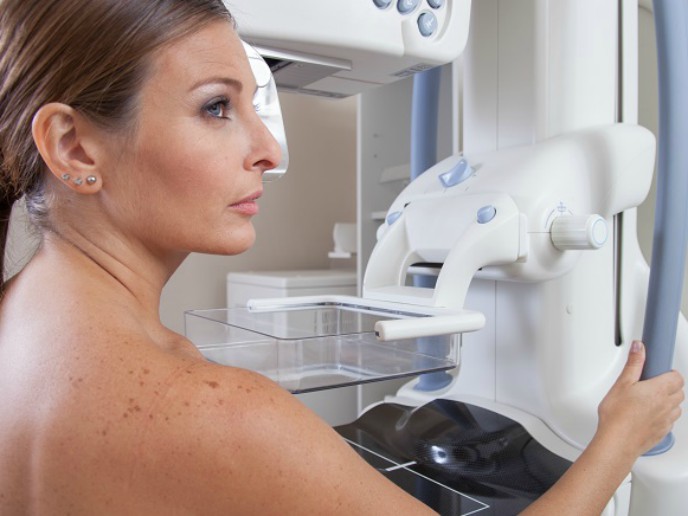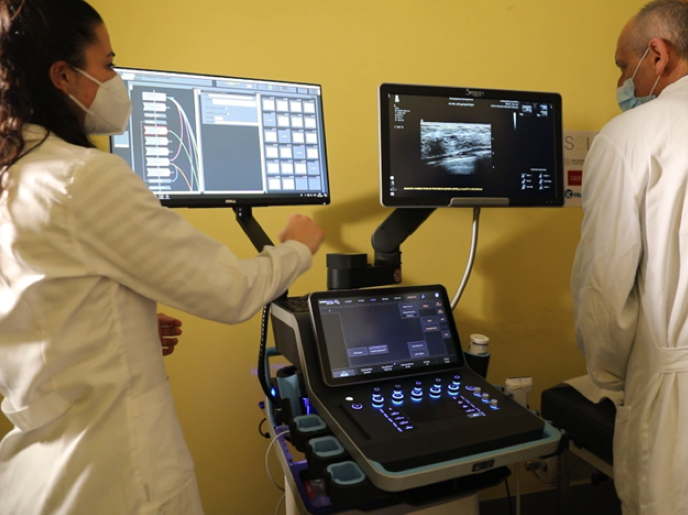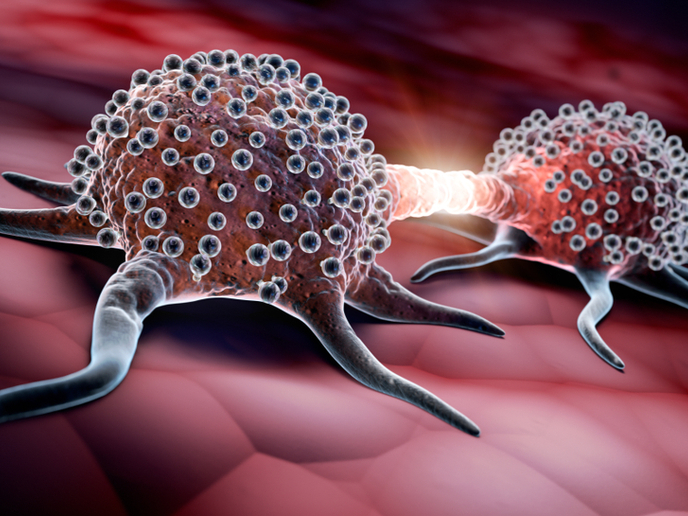Computer-aided diagnosis of breast cancer
Breast cancer survival requires diagnosis and treatment at a very early stage. Methods capable of detecting malignant lesions less than 10 mm in size can significantly reduce breast cancer-related deaths. However, detection of non-mass lesions by magnetic resonance imaging (MRI) is challenging with a high false positive rate leading to unnecessary invasive interventions. The rise of artificial intelligence has allowed high demanding tasks to be achieved in a matter of seconds with the aid of new machine learning algorithms. The EU-funded SmartMammaCAD(opens in new window) project proposed to employ such machine learning approaches to improve the diagnostic performance of dynamic contrast enhance (DCE) MRI. “We wanted to develop a novel automated system that supports the radiologist in the breast cancer diagnosis,″ explains project coordinator and Marie Skłodowska-Curie fellow, Dr Ignacio Álvarez. Machine learning improves MRI-based diagnosis Non-mass lesions exhibit a heterogeneous appearance, as well as high variation in kinetic characteristics and typical morphological parameters. This dynamic behaviour of non-mass lesions overlaps with physiological tissue, posing a challenge for MRI-based diagnosis. To improve the diagnostic accuracy and efficiency of cancer-related breast lesions, researchers employed new machine learning and signal processing algorithms. Following multidisciplinary coordination and cooperation, SmartMammaCAD generated a dataset of several hundred three-dimensional medical images obtained from real patients containing radiologists’ annotations of the lesions. Distinctive information extracted from these images was used to train the system to identify non-mass lesions. New algorithms allowed for automatic detection of wall-like structures in medical imaging, thereby isolating breast dynamic signals from noisy sources separated by the chest wall. This constitutes an integral component of the SmartMammaCAD software and has enabled researchers to perform correct segmentation and discrimination of breast tissue from other organs. Additional motion compensation techniques have successfully decreased the impact of noise and misalignments on relevant signals. According to Dr Ramírez, “the main achievement of this project was the discovery that the dynamic behaviour of the tissues can be exploited to improve the classification performance in non-mass lesions.″ While certain lesion information such as shape, borders and size are hard to define, the dynamic behaviour can be exploited to discriminate non-mass lesions from normal breast tissue. The future of computer-aided breast cancer diagnosis Overall, the SmartMammaCAD system is expected to positively impact the health of European citizens by improving diagnosis of life-threatening diseases such as breast cancer. The most important benefit of CAD diagnosis in breast cancer is the reduction of biopsies. “Although it is hard to assess how beneficial a CAD system can be in breast cancer fight in long term, an accurate system with high specificity can provide confidence in detection,″ confesses Dr Ramírez. The SmartMammaCAD-proposed control method for overcoming current false positive rate has improved sensitivity and specificity of non-mass lesions detection by up to 20 %. Partners are hopeful that this will regain radiologists’ confidence in CAD systems. Considering that breast density is emerging as an important cancer risk factor, SmartMammaCAD partners plan to improve the breast segmentation efficiency of their system. Furthermore, the system can be extended to incorporate information from other imaging modalities, increasing detection and classification accuracy.







